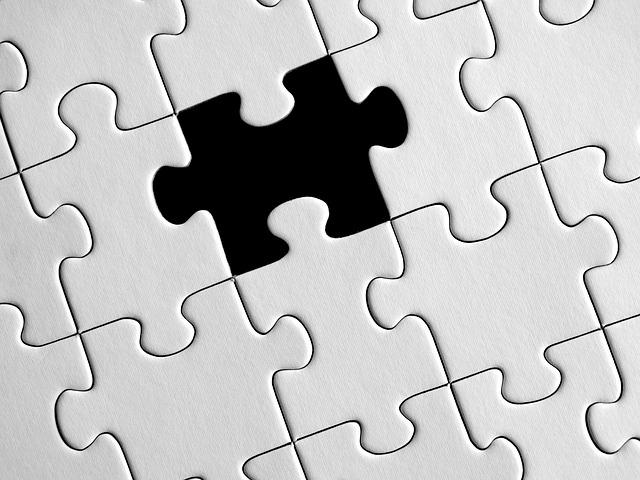Fill in the gaps
The first step in building an RDS program involved developing a solid understanding of where you are, and using that to help inform your goals about where you would like your RDS program to be. After taking stock of things such as what is already being taught and the people you will be involved with, you can start to identify gaps that need to be addressed.

There are several actions you can take at this stage of developing an RDS program, and they don’t necessarily need to be done in any particular order. Also, the methods you choose to use can vary from project to project depending on your goals, desired outcomes, and institutional norms. What’s important is that you understand what you need to do for developing your RDS program, and know what tools and techniques are available to you to help accomplish your goals. Here are some things to consider doing after getting a solid understanding of where you are:
- Conduct a Needs Assessment. This is a formal process that can help you identify what your Library and University are missing that can be met by your RDS program.
After surveying what your library has already put in place, it may be time to conduct a formal process that will help you find out what researchers want and need. The needs assessment is a formal set of processes that will help you set priorities and make decisions about how to allocate resources for improving your services. You may need to do this in a series of steps in order to make sure that the scope is manageable.
For each needs assessment stage, you will also need to do a gap analysis and revisit some of the information you have collected about what is already in place. The gap analysis is the “how” that addresses the “what” identified in the needs analysis.
Read about needs assessment and gap analysis in detail in the selected references. We will describe the use of two innovative techniques that can be used for needs assessment, Customer Journey Maps and Design Thinking, in some detail.

